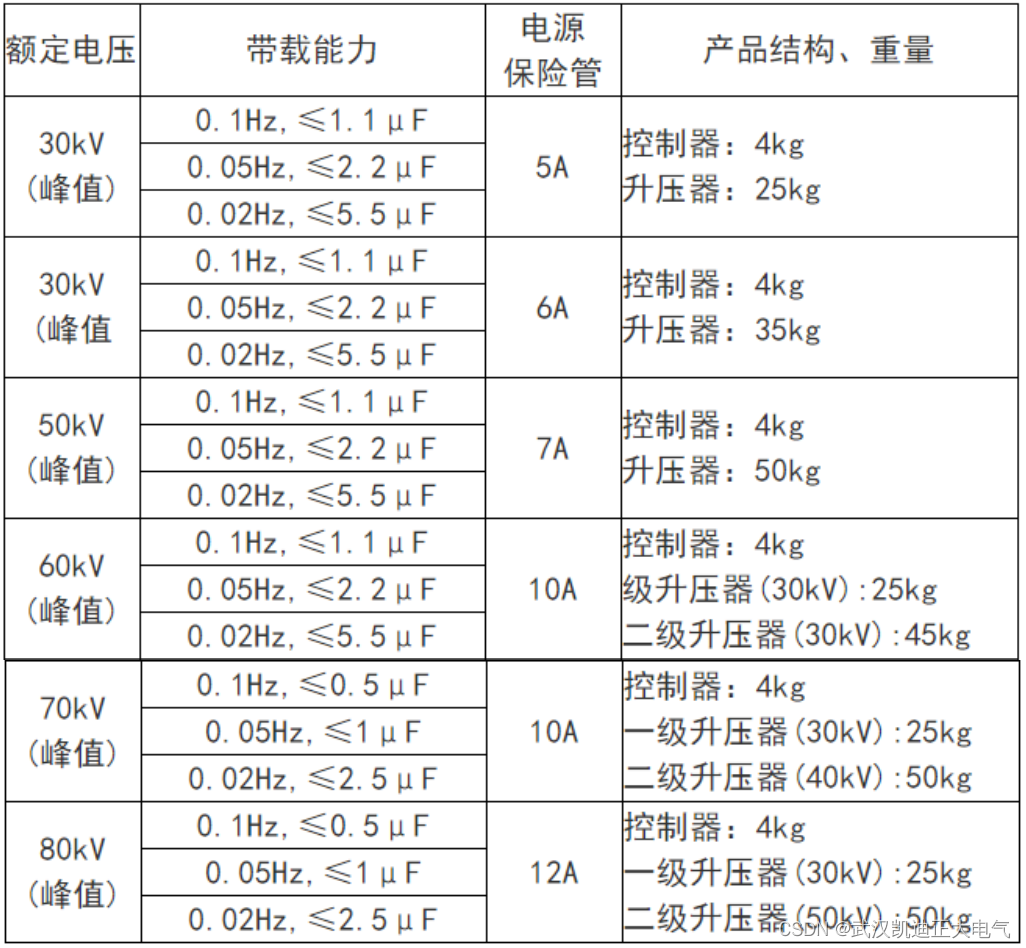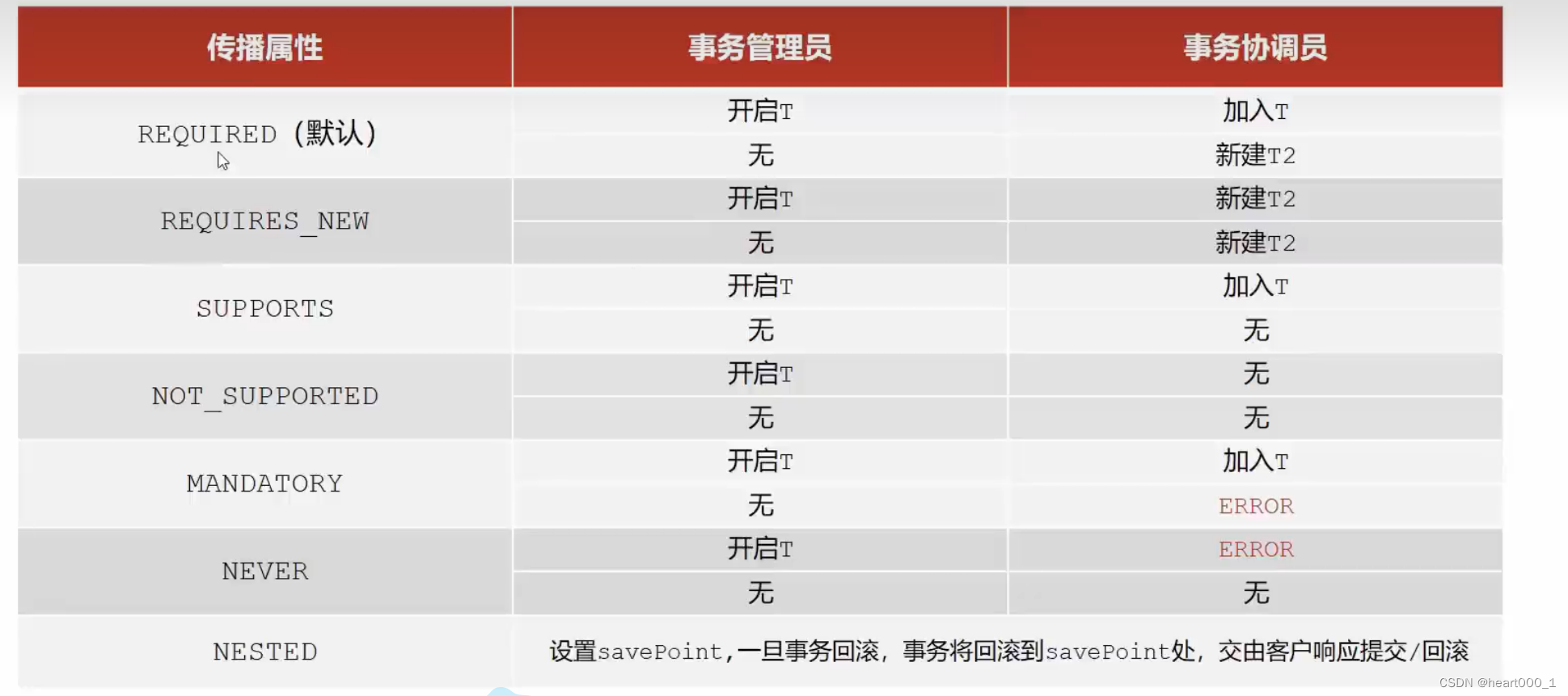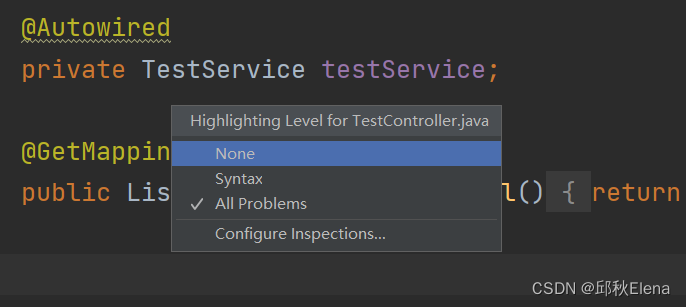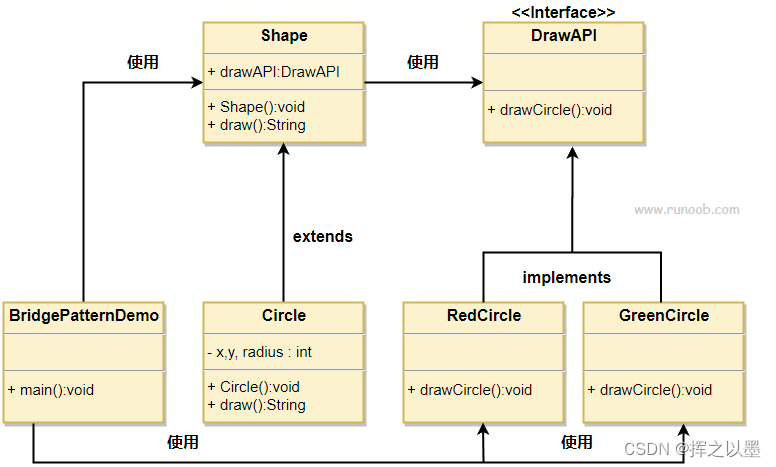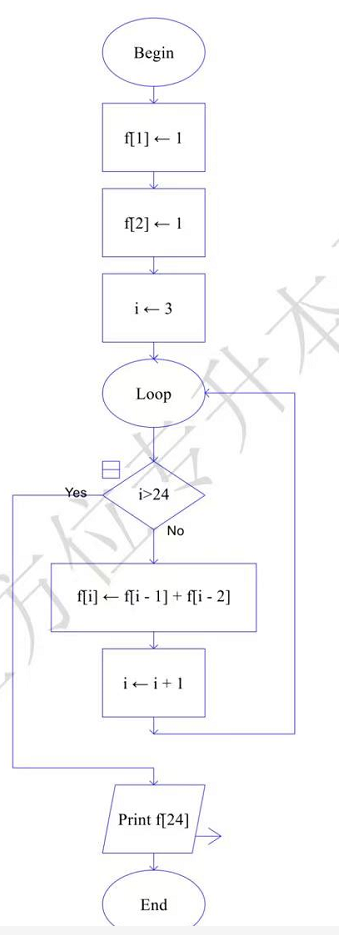文章目录
- 创建线程
- 异常导致死锁
- 实现两个线程交互的打印奇数和偶数(面试题)
创建线程
1.创建线程的方式:
- 1.拷贝构造禁止了
- 2.允许移动构造
- 3.无参构造后我们可以对对象进行赋值操作
- 4.传递可调用对象(例如包装器,泛函数,lambda,普通函数,静态成员函数) + 参数列表 进行创建

2.样例展示
- lambda 创建方式
#include<iostream>
#include<thread>
#include<mutex>
#include <condition_variable>
#include<vector>
#include<atomic>
using namespace std;
int main()
{
mutex mtx;
int x = 0;
int n = 10;
int m;
cin >> m;
vector<thread> v(m);
//v.resize(m);
for (int i = 0; i < m; ++i)
{
// 移动赋值给vector中线程对象
v[i] = thread([&](){
for (int i = 0; i < n; ++i)
{
mtx.lock();
cout << this_thread::get_id() << ":" << i << endl;
std::this_thread::sleep_for(std::chrono::milliseconds(100));
++x;
mtx.unlock();
}
});
}
for (auto& t : v)
{
t.join();
}
cout << x << endl;
return 0;
}
2.普通函数和function包装器 创建方式
#include <condition_variable>
#include<vector>
#include<atomic>
#include<functional>
using namespace std;
void Print(int n, int& x, mutex& mtx)
{
for (int i = 0; i < n; ++i)
{
mtx.lock();
cout <<this_thread::get_id()<<":"<<i << endl;
std::this_thread::sleep_for(std::chrono::milliseconds(100));
++x;
mtx.unlock();
}
}
class A
{
public:
static void Print(int n, int& x,mutex& mtx)
{
for (int i = 0; i < n; ++i)
{
mtx.lock();
cout << this_thread::get_id() << ":" << i << endl;
std::this_thread::sleep_for(std::chrono::milliseconds(100));
++x;
mtx.unlock();
}
}
};
int main()
{
mutex m;
int count = 0;
function<void(int,int&,mutex&)> f1 = A::Print;
thread t1(f1, 10, ref(count), ref(m));
thread t2(f1, 10, ref(count), ref(m));
//thread t1(&A::Print, 10, ref(count), ref(m));
//thread t2(Print, 10, ref(count), ref(m));
//&A::Print(10, ref(count), ref(m))//errer 因为地址是1 是错的
t1.join();
t2.join();
cout << count << endl;
return 0;
}
注意事项:
线程函数的传参都是拷贝,例如参数是引用类型,也是会拷贝传值的,原因是与底层实现有关(创建线程时参数首先传递给构造函数再传递给线程函数这个过程里出问题了) – 解决方案 “ref(引用对象)” 意思是强制以左值引用去传递
异常导致死锁
1.如何导致死锁
int main()
{
mutex mtx;
atomic<int> x = 0;
//int x = 0;
int n = 100;
int m;
cin >> m;
vector<thread> v(m);
for (int i = 0; i < m; ++i)
{
// 移动赋值给vector中线程对象
v[i] = thread([&](){
for (int i = 0; i < n; ++i)
{
mtx.lock();
// 如果存在抛异常就死锁了,解决办法:我们使用try catch进行捕获
try {
cout << this_thread::get_id() << ":" << i << endl;
std::this_thread::sleep_for(std::chrono::milliseconds(100));
}
catch (...)
{
mtx.unlock();
throw;
}
mtx.unlock();
std::this_thread::sleep_for(std::chrono::milliseconds(100));
}
});
}
for (auto& t : v)
{
t.join();
}
cout << x << endl;
return 0;
}
2.智能锁
智能锁像智能指针一样RALL机制,管理的资源声明周期随对象释放资源
不过c++库已经给我们实现了Lock guard类
Lock guard类通过RAII的方式对互斥锁进行了封装,在构造函数中进行加锁,在析构函数中自动解锁
如下模拟实现Lock guard类:
// RAII
template<class Lock>
class LockGuard
{
public:
LockGuard(Lock& lk)
:_lock(lk)
{
_lock.lock();
cout << "thread:" << this_thread::get_id() << "加锁" << endl;
}
~LockGuard()
{
cout << "thread:" << this_thread::get_id() << "解锁" << endl << endl;
_lock.unlock();
}
private:
Lock& _lock;
};
int main()
{
mutex mtx;
atomic<int> x = 0;
//int x = 0;
int n = 100;
int m;
cin >> m;
vector<thread> v(m);
for (int i = 0; i < m; ++i)
{
// 移动赋值给vector中线程对象
v[i] = thread([&](){
for (int i = 0; i < n; ++i)
{
{
// 11:54继续
lock_guard<mutex> lk(mtx);
// 如果存在抛异常就死锁了
cout << this_thread::get_id() << ":" << i << endl;
}
std::this_thread::sleep_for(std::chrono::milliseconds(100));
}
});
}
for (auto& t : v)
{
t.join();
}
cout << x << endl;
return 0;
}
实现两个线程交互的打印奇数和偶数(面试题)
考察条件变量的使用,跟wait()与POSIX库用法差不多,都是需要循环检测条件是否满足
//方法一:不确定是否正确
// 实现两个线程交互的打印奇数和偶数
// 两个线程交错打印1-100,一个打印奇数,一个打印偶数
//int main()
//{
// int i = 0;
// int n = 100;
//
// thread t1([&](){
// while (i < n)
// {
// while (i % 2 != 0)
// {
// this_thread::yield();
// }
//
// cout <<this_thread::get_id()<<":"<<i << endl;
// i += 1;
// }
// });
//
//
// thread t2([&](){
// while(i < n)
// {
// while (i % 2 == 0)
// {
// this_thread::yield();
// }
//
// cout << this_thread::get_id() << ":" << i << endl;
// i += 1;
// }
// });
//
// t1.join();
// t2.join();
//
// return 0;
//}
//方法二
int main()
{
int i = 0;
int n = 100;
mutex mtx;
condition_variable odd;//满足i为奇数
condition_variable even;//满足i为偶数
thread t1([&]() {
while (i < n)
{
unique_lock<mutex> lock(mtx);
//此时i为奇数才需要等待
even.wait(lock, [&]()->bool{
return i%2 == 0;
});
cout << this_thread::get_id() << ":偶数:" << i << endl;
i++;
odd.notify_one();
}
});
thread t2([&]() {
while (i < n)
{
unique_lock<mutex> lock(mtx);
odd.wait(lock, [&]()->bool {
return i % 2 != 0;
});
cout << this_thread::get_id() << ":奇数:" << i << endl;
i++;
even.notify_one();
}
});
t1.join();
t2.join();
return 0;
}
//方法三
int main()
{
int i = 0;
int n = 100;
mutex mtx;
condition_variable cv;
bool ready = true;
// t1打印奇数
thread t1([&](){
while (i < n)
{
{
unique_lock<mutex> lock(mtx);
cv.wait(lock, [&ready](){return !ready; });
cout << "t1--" << this_thread::get_id() << ":" << i << endl;
i += 1;
ready = true;
cv.notify_one();
}
//this_thread::yield();
this_thread::sleep_for(chrono::microseconds(100));
}
});
// t2打印偶数
thread t2([&]() {
while (i < n)
{
unique_lock<mutex> lock(mtx);
cv.wait(lock, [&ready](){return ready; });
cout <<"t2--"<<this_thread::get_id() << ":" << i << endl;
i += 1;
ready = false;
cv.notify_one();
}
});
this_thread::sleep_for(chrono::seconds(3));
cout << "t1:" << t1.get_id() << endl;
cout << "t2:" << t2.get_id() << endl;
t1.join();
t2.join();
return 0;
}





